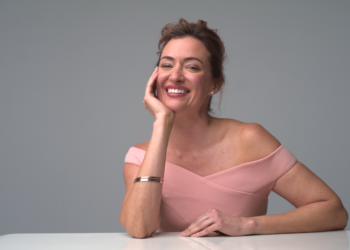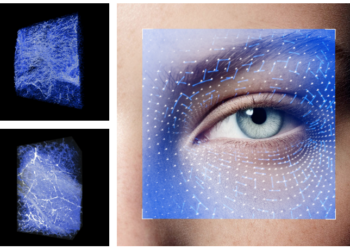Recently, there has been a wave of interest in the liquid nose job, but everything new is almost old again with the advent of an even newer, longer-term Rhinoplasty procedure hitting our shores.
What is DCF?
Diced Cartilage Fascia (DCF) is a grafting technique used to create bridges in noses and remedy flatness.
How does DCF work?
It sounds complicated, but the DCF procedure makes perfect sense, as explained by Specialist Surgeon in Facial Plastic & ENT Surgery, Dr Shahidi. “We take a small piece of deep tissue – about the size of a 50 cent piece – from underneath the skin at the temple region and then some cartilage from the ear or rib and slice into tiny segments, about one millimeter across, before wrapping it inside the piece of deep tissue and harvesting it,” he says. “So imagine it in the shape of say, a spring roll, and that tiny cartilage filled tissue can then be used to fill out the nose when placed over the roof of the nose, under the skin, where the definition is needed,” he explains.
What are the benefits?
It’s not a foreign body, as an implant is. The deep tissue and the cartilage is from the patients’ own body, so the risk of shifting and infection that can occur with implants is reduced. “Many people don’t like having foreign bodies in their own body, so this is the perfect alternative,” explains Dr Shahidi.
What are the drawbacks?
The procedure can be a protracted one – several hours at least – to accommodate removal of cartilage, tissue, harvesting and implanting. Therefore, it can also prove costly – up to $10,000 – $15,000 notes Dr Shahidi. “Operating theatres run by the minute, so the longer the procedure, the more expensive.”
How long do the results last?
It’s forever, notes Dr Shahidi. “Once you’ve committed, the results last for life. And you can go back and have some shaving of the shape done if you need to.”
Who is it for?
“A lot of patients of Asian extraction may benefit if they don’t want an implant or patients with football or previous unsuccessful operations can build up the roof of the nose to give it a stronger silhouette,” explains Dr Shahidi.
What is the downtime?
Most people take two weeks off as with any major Rhinoplasty procedure. The operation is done under complete anesthetic and generally renders an overnight stay in hospital also.
Who is getting it done?
“At the moment it is pretty much 50/50 between male and female patients,” explains Dr Shahidi. “And its mainly younger people as older people tend not to be so worried about the looks in regards to a millimeter here and there on the nose, but the 18-25 year olds are in tune with the technique within my practice.”
Is it common?
Dr Shahidi performs one DCF every month or so. As the procedure is quite new, and costly, it is not yet as popular as the liquid nose job. However, both offer completely different results. “Liquid Nose Jobs are good for small deformities, but if you need to build the nose up to 8mm, you need to decent size material inside,” explains Dr Shahidi. “Therefore, DCF is more reconstructive.”
Does it hurt?
It’s pretty much the same pain factor as an extended Rhinoplasty procedure, says Dr Shahidi. “And the only scarring in the temple region from removing deep tissue is covered by hair as it grows back,” he assures.





















